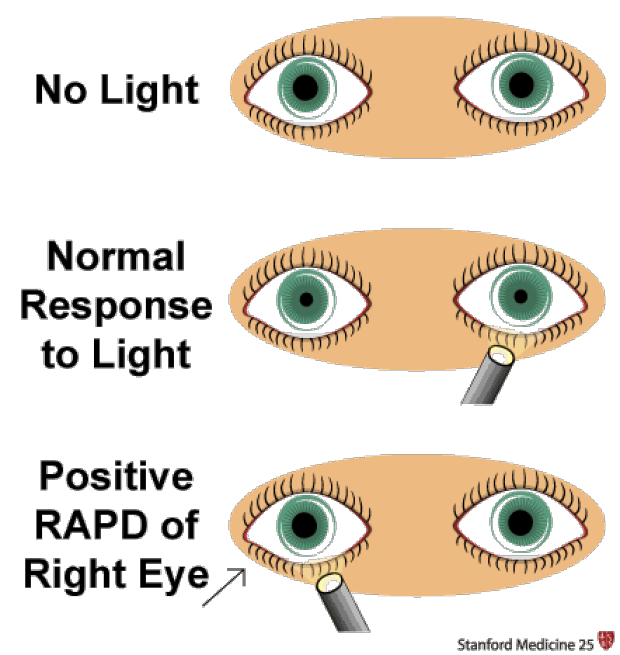The nurse is preparing to measure the visual acuity of a client. The nurse should recognize that which of the following cranial nerve should be assessed:
VI
V
II
III
The Correct Answer is C
A. VI
Cranial Nerve VI is the Abducent Nerve, which controls the movement of the lateral rectus muscle, allowing the eye to move laterally (abduct). Dysfunction of this nerve can cause difficulty in moving the eye outward.
B. V
Cranial Nerve V is the Trigeminal Nerve. It has both sensory and motor functions. Sensory functions include providing sensation to the face, sinuses, and teeth. Motor functions include controlling the muscles used for chewing (mastication).
C. II
Cranial Nerve II is the Optic Nerve. It is purely a sensory nerve responsible for vision. The optic nerve carries visual information from the retina of the eye to the brain.
D. III
Cranial Nerve III is the Oculomotor Nerve. It is primarily a motor nerve but also has some autonomic functions. It controls most of the eye movements (except lateral movement controlled by VI) and regulates the size of the pupil and the shape of the lens in the eye for focusing.

Nursing Test Bank
Naxlex Comprehensive Predictor Exams
Related Questions
Correct Answer is D
Explanation
A. The eyes converge to focus on the light.
This statement refers to the convergence reflex, where both eyes move medially (towards each other) to maintain single binocular vision when focusing on a near object. It is not related to the pupillary light reflex, which involves changes in pupil size in response to light.
B. The eye focuses the image in the center of the pupil.
This choice does not accurately describe the pupillary light reflex. The pupillary light reflex involves constriction of the pupil in response to light, not focusing an image in the center of the pupil.
C. Dilation of both pupils occurs in response to bright light.
This statement is incorrect. In response to bright light, the pupils should constrict, not dilate. Dilation of pupils in bright light could indicate an abnormal response, such as in cases of certain neurological conditions or drug use.
D. Constriction of both pupils occurs in response to bright light.
This choice is correct. In the pupillary light reflex, both pupils constrict when exposed to bright light. This response is a protective mechanism to prevent excessive light from entering the eyes, ensuring optimal visual acuity.

Correct Answer is D
Explanation
A. Perform the confrontation test:
The confrontation test is a basic visual field screening test. It assesses the peripheral vision by having the patient cover one eye and the examiner covers the opposite eye. The patient and the examiner then bring their fingers into the visual field from the periphery, and the patient indicates when they see the fingers.
B. Ask the patient to read the print on a handheld Jaeger card:
Jaeger cards are used for near vision testing. The patient reads progressively smaller print to assess their near vision acuity.
C. Determine the patient's ability to read newsprint at a distance of 12 to 14 inches:
This method assesses near vision. It is often used informally in clinical settings, where the patient is asked to read a newspaper or similar print at a comfortable reading distance.
D. Use the Snellen chart positioned 20 feet away from the patient:
The Snellen chart is a standardized chart used for visual acuity testing. It is placed 20 feet away from the patient, and the patient is asked to read the letters or symbols on the chart with one eye covered at a time.
Whether you are a student looking to ace your exams or a practicing nurse seeking to enhance your expertise , our nursing education contents will empower you with the confidence and competence to make a difference in the lives of patients and become a respected leader in the healthcare field.
Visit Naxlex, invest in your future and unlock endless possibilities with our unparalleled nursing education contents today
Report Wrong Answer on the Current Question
Do you disagree with the answer? If yes, what is your expected answer? Explain.
Kindly be descriptive with the issue you are facing.
